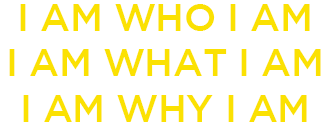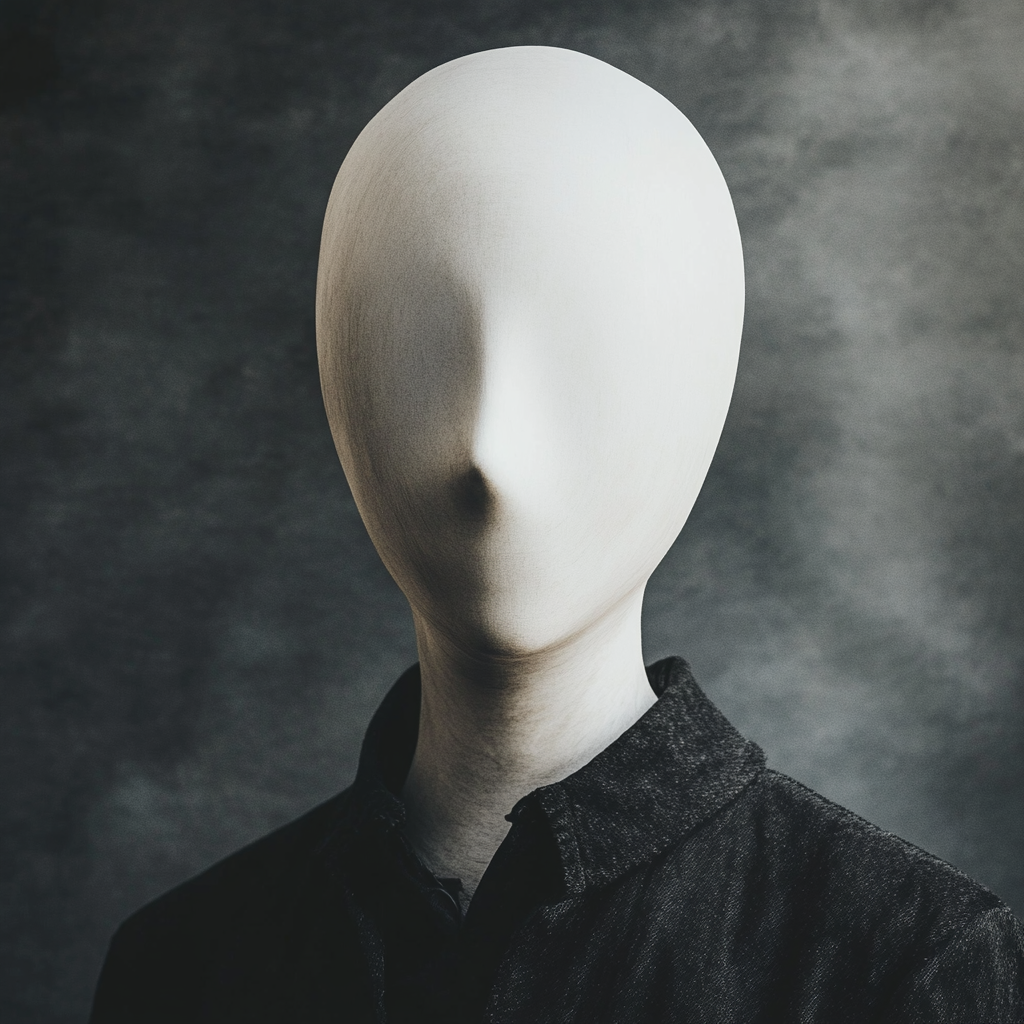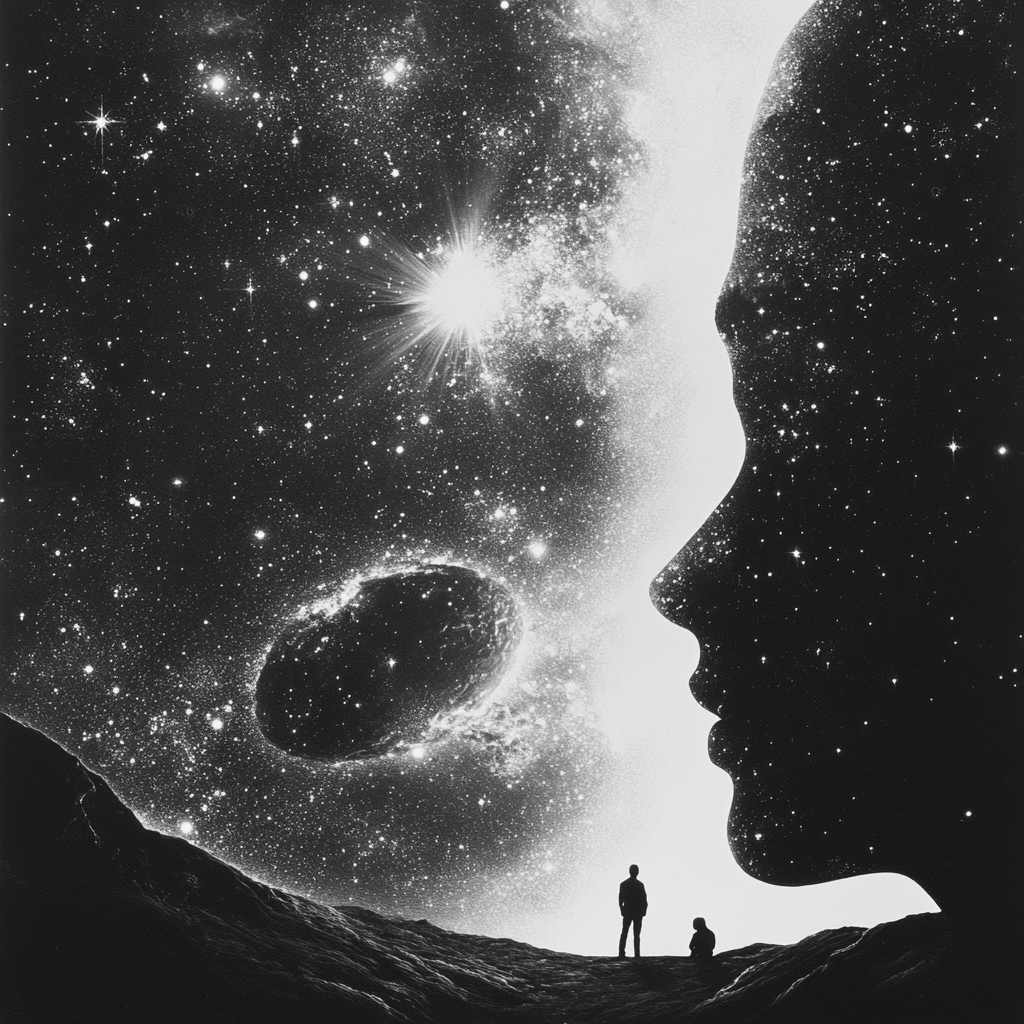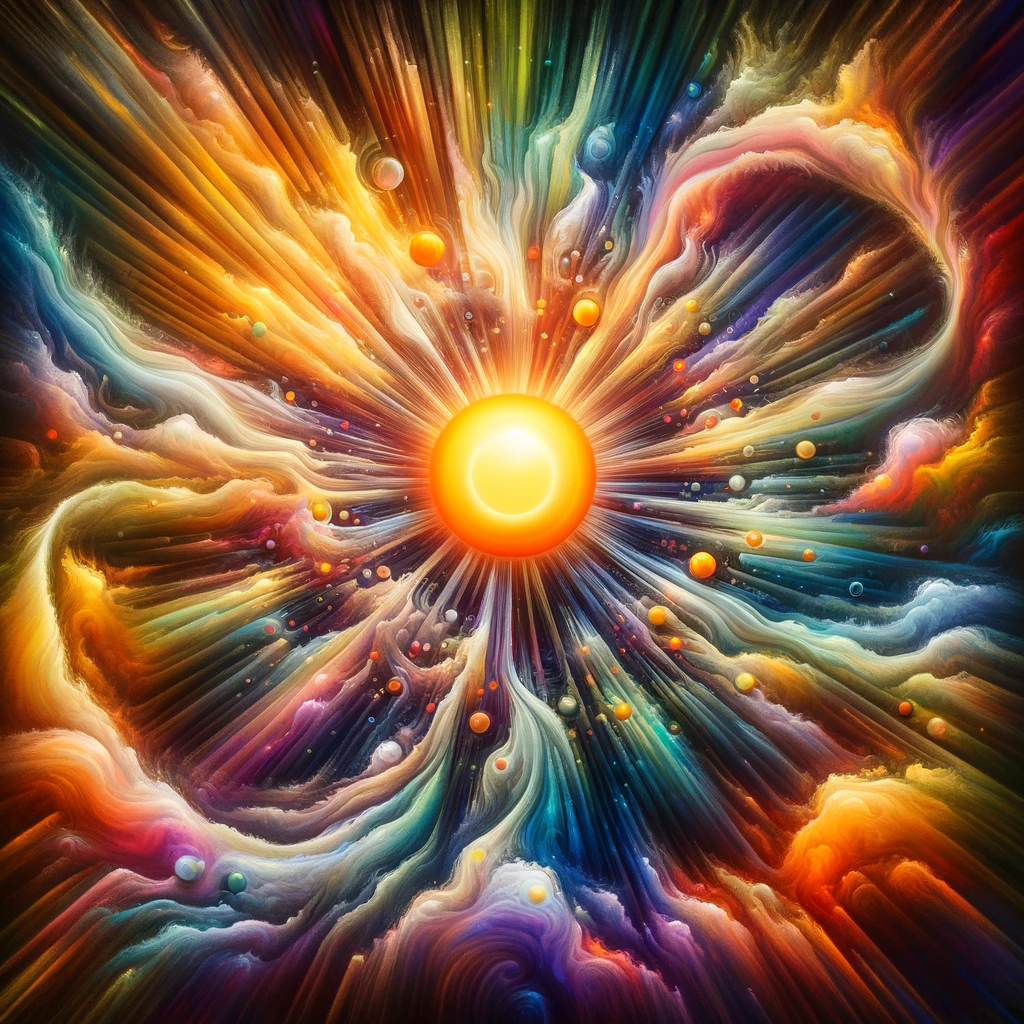“He who speaks does not know, he who knows does not speak.” — Lao Tzu
What is there to know?
What is there to know!
What is everything before and after it appears in the now.
The what cannot be described, as it is undifferentiated; yet, potentially every thing that’s manifested as the now.
He who speaks does not know the what is nothing and every thing.
He who knows does not speak, for the what is beyond description.
He who speaks is the now; he does not know the now, as a hand cannot grasp itself.
He who knows the now does not speak, for speaking transitions him into the now. Knowing the now, he rather observe the now than be the now.
He who speaks does not know the experience of direct communion with ultimate reality.
He who knows does not speak as speaking separates the speaker from oneness with ultimate reality.
He who speaks knows the world but not the universe.
He who doesn’t speak is the universe.
He who speaks is certain of what he speaks.
He who knows does not speak, for nothing is certain.
He who speaks does not know, as all things are everchanging. However something is described, it is no longer as described.
He who knows does not speak as every thing is what it is whatever it is.
He who speaks does not know what’s said is rarely what’s heard.
He who knows does not speak, for speaking is futile.
He who speaks describes what he sees and hears.
He who knows does not speak, for the nose knows and smells are ineffable.
He who speaks does not know what he sees is limited to what his foveal vision carves out of peripheral vision.
He who knows does not speak, as what’s in peripheral vision is beyond specific description
He who speaks does not know, as descriptions are allusions creating illusions.
He who knows does not speak, as the essence of every thing is nothing.
He who speaks does not know he is only describing a dot in a painting.
He who knows does not speak, for he sees a painting is an infinite number of interdependent dots.
He who speaks does not know as all things are everchanging; what’s described is now no longer.
He who knows does not speak as there are no things. All there is is everchanging flow.
He who speaks does not know, for he thinks life is rational; effects come from affects.
He who knows does not speak, for he knows there are no things; just an unpredictable flow.
He who speaks does not know life is a divine comedy.
He who knows does not speak, as a joke that needs to be explained is not funny.
He who speaks is an actor in the play of life.
He who knows is the audience.
The actors speak of matters they take seriously.
The audience knows there is nothing to take seriously. It knows when actors are scripted out, they join the audience to watch the comedy or people taking their selves seriously.
The audience is the Gods. They do not speak, for they are forever laughing.
A speaker’s words are like the finite and precise space inside a square.
The endless and everchanging now is like the imprecise space inside a circle.
He who knows does not speak, for a circle cannot be squared.


























































